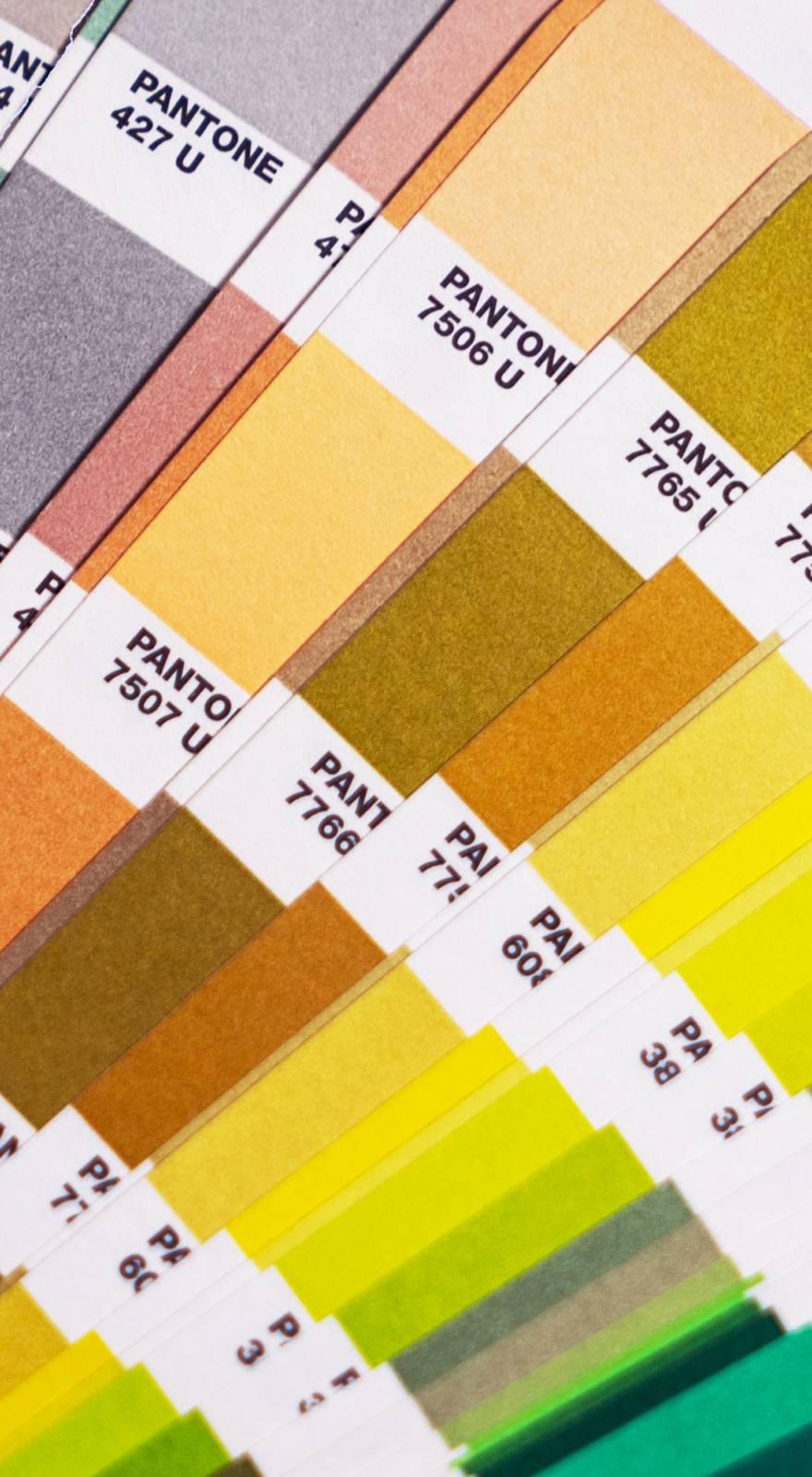Knowde Enhanced TDS
Identification & Functionality
- Chemical Family
- Polymer Name
- Plastics & Elastomers Functions
- Technologies
- Product Families
Features & Benefits
- Materials Features
- Key Characteristics
- Formulated with anti-gas fading stabilization package
- Reactor grade (no peroxide added)
- Special Features
- Woven application
- Shows broad processing window while providing excellent mechanical properties
- Tested on Neumag S+ machine and qualified by Neumag in their polymer recommendation list- Non-Woven application
- Tested on Reicofll® 3
Applications & Uses
- Applications
- Plastics & Elastomers Processing Methods
- Typical Applications
- Production bulk continuous filaments (BCF), continuous filaments (CF) and staple fiber
- Specially used for carpet and upholstery application
- Used for automotive compounding application
Processing Methods
- Fiber (spinning) Extrusion
- Bulk Filaments Extrusion
- Co-Extrusion
- Processing Conditions
Average extruder temperature range may be kept between 240- 260°C.
Properties
- Typical Properties
| Value | Units | Test Method / Conditions | |
| Density 23°C | 0.9 | g/cm³ | ISO. 1183 |
| Melt Flow Rate (MFR) 230°C/2.16 kg | 25 | g/10-min | ASTM D 1238-13 |
| Flexural Modulus | 1700 | MPa | ISO 178 |
| Tensile Stress at Break 50-mm/min | 36 | MPa | ISO 527 |
| Tensile Strain at Break 50-mm/min | min. 50 | % | ISO 527 |
| Tensile Strain at Yield 50-mm/min | 10 | % | ISO 527 |
| Heat Deflection Temperature 0.45 MPa Un-annealed | 89 | °C | ISO 75B |
| Vicat Softening Temperature A50 (50°C/h 10N) | 155 | °C | ISO 306 |
| Izod Notched 23°C | 2.2 | KJ/㎡ | — |
Regulatory & Compliance
- Food Regulations
This product is defined as a preparation under specific food contact regulation. Detailed information will be provided in a relevant document “Regulatory Compliances Product Declaration” upon request.
Storage & Handling
- Storage and Handling
Polypropylene resin should be stored to prevent a direct exposure to sunlight and heat. The Product. estimated shelf life is one year starting from production date, adequate humidity below 80%, and temperature below 40°C. Customers might not fully follow the optirnal storage condition, hence the shelf life recommended at customer site is six months only as received.

